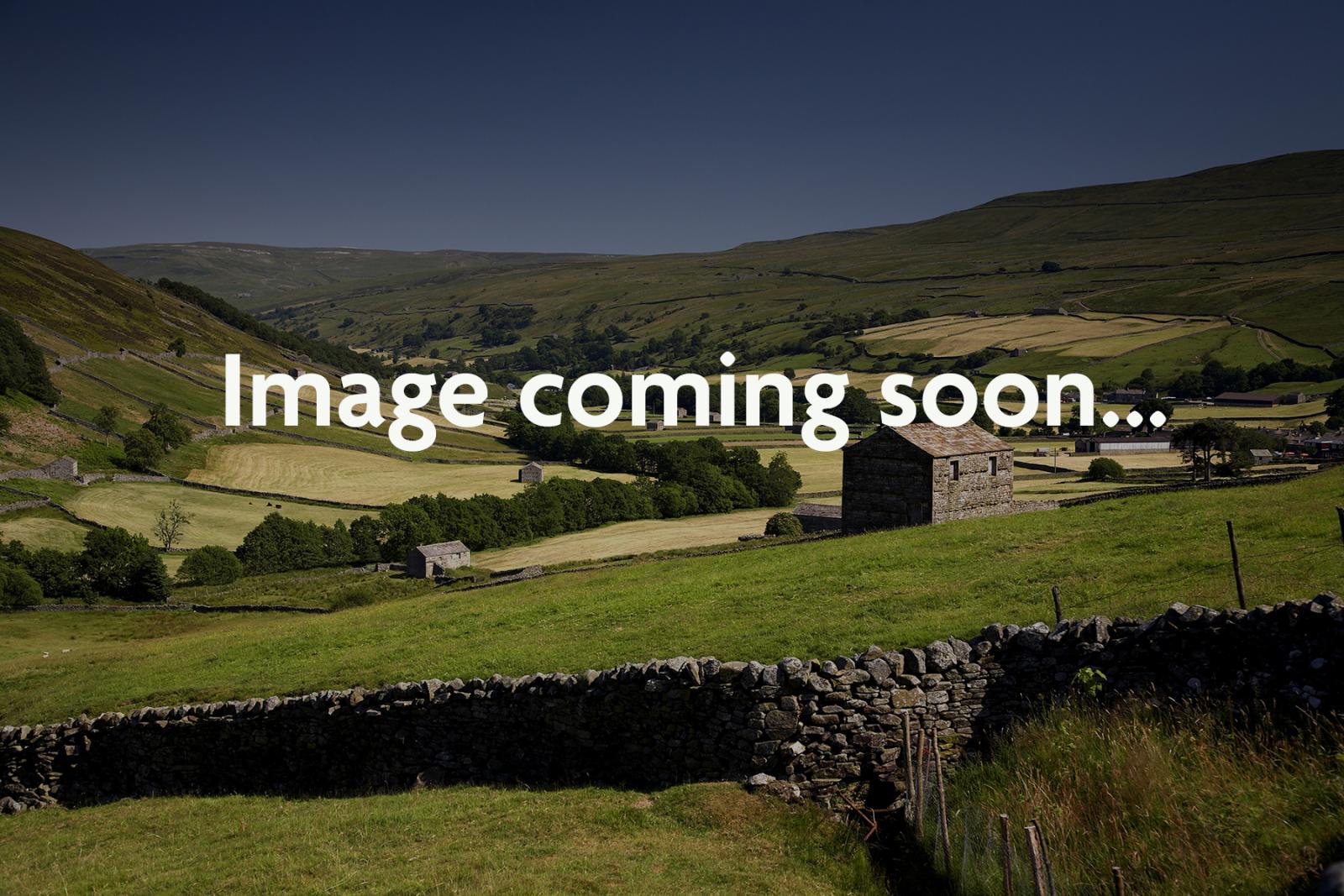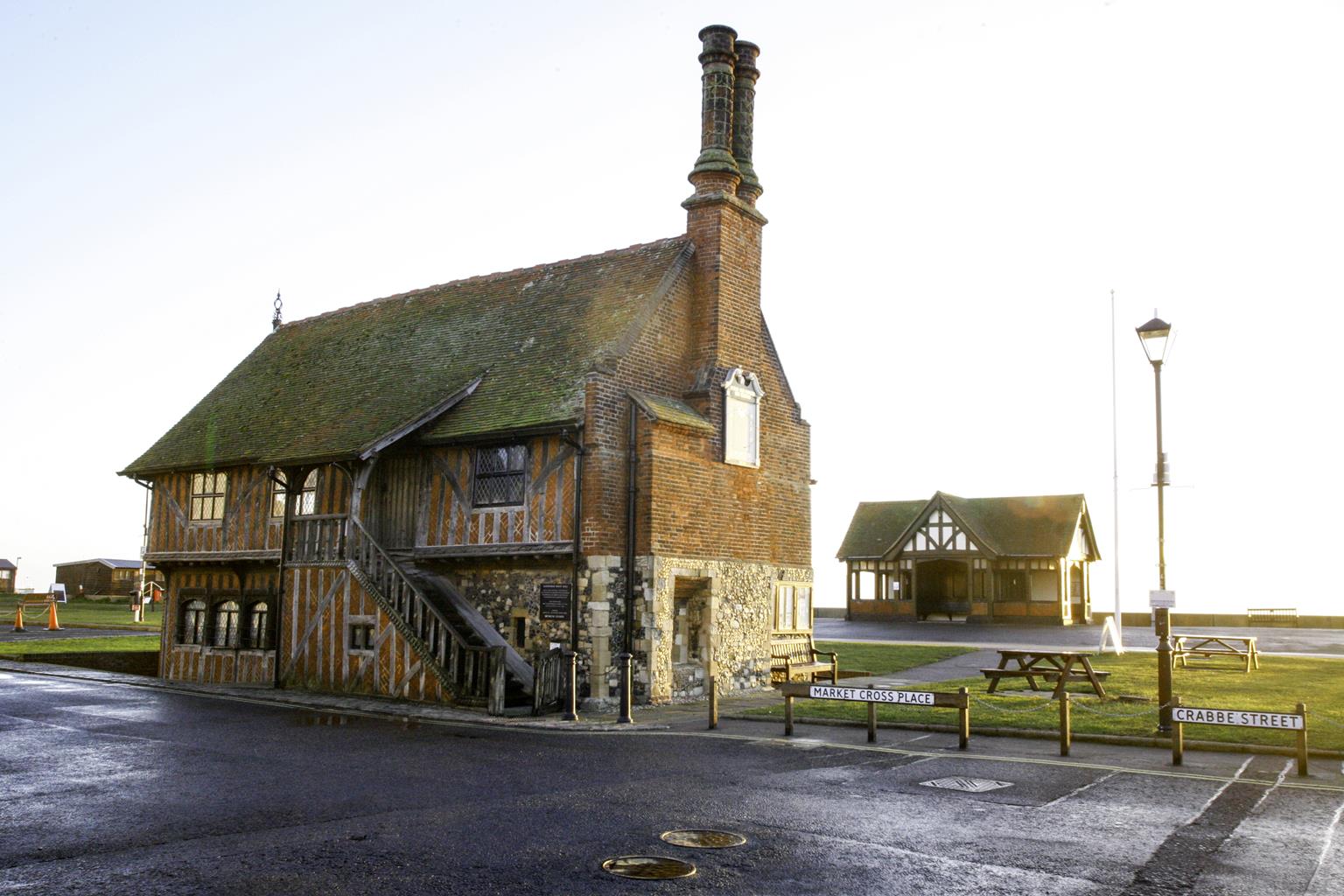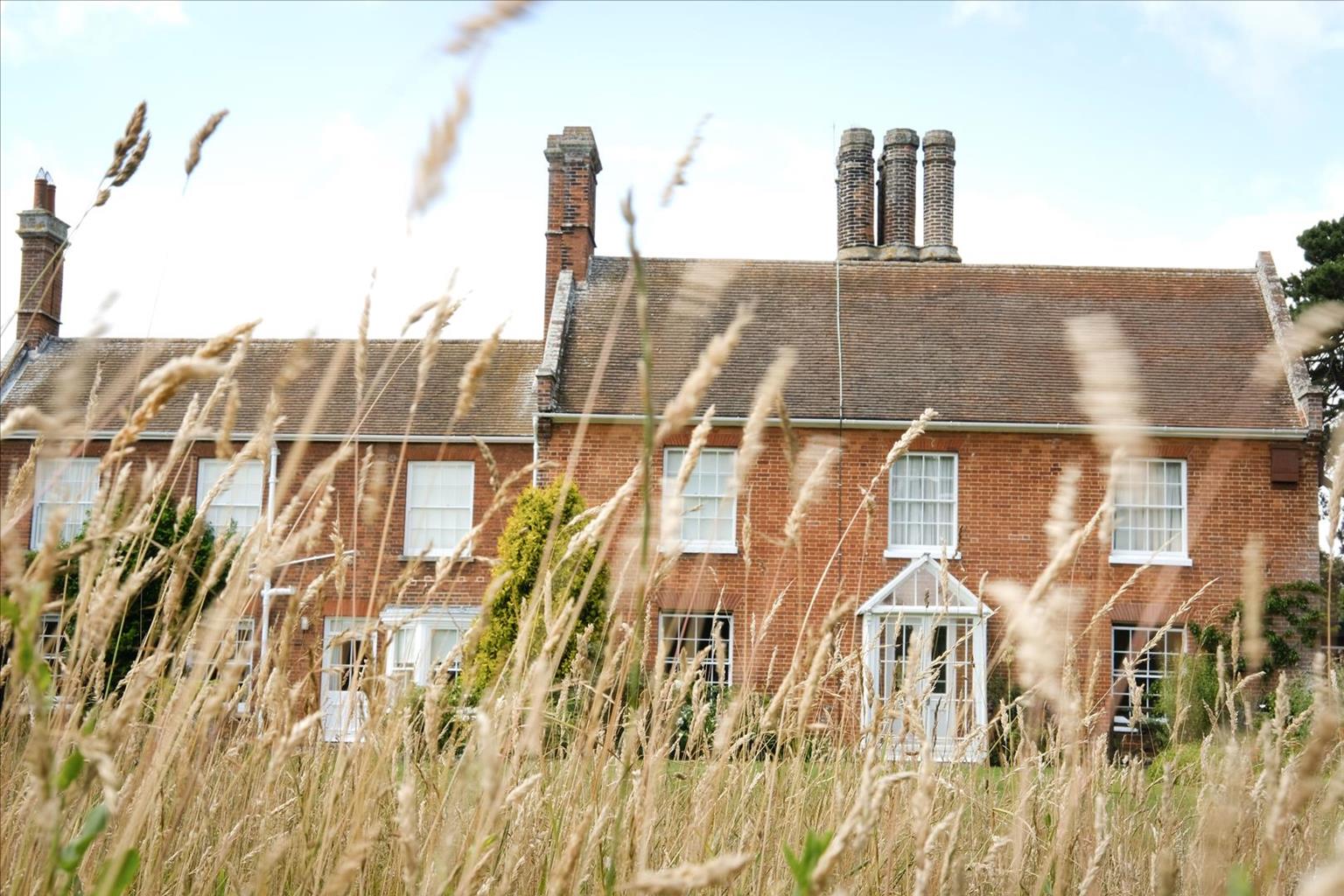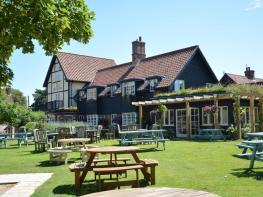The Crown and Castle is a beautiful old building in the village of Orford adjacent to the Castle…

Our View
The Orfordness-Havergate NNR is an internationally important site for nature conservation, and consists of the large shingle spit of Orford Ness, which is separated from the mainland by the River Alde, south of Aldeburgh on the Suffolk coast. The spit was formed by the deposition of shingle deposits through wave action and longshore drift. This is an on-going process, meaning the spit is constantly growing. Orford Ness is the largest vegetated shingle spit in Europe and an important location for breeding and migrating birds. The shingle is home to a range of coastal plants, most of which are specialists at surviving in this hostile environment. A whole range of scarce and other more common creatures inhabit the Ness, including brown hare, Chinese water deer and a host of insects, particularly beetles and spiders. Look out too for the rare ground lackey moth caterpillars on the paths, watch butterflies flitting over the grassland and listen to the chorus of chirruping crickets. The site is managed as an important breeding place for wading birds. You might see the exotic-looking spoonbills on the shingle islands, or the elegant avocet, scooping up food in their amazing, sickle-shaped beaks. They nest in mini colonies on the island, alongside common terns. Pintails, with their amazing long tails, flock to the Alde estuary in autumn and winter. The arrival of wheatears from March is a sure sign that spring has arrived at Havergate. Large arrivals or ‘falls’ of this migrant can occur here in both spring and autumn.
Features
Also in the area
About the area
Discover Suffolk
Suffolk is Constable country, where the county’s crumbling, time-ravaged coastline spreads itself under wide skies to convey a wonderful sense of remoteness and solitude. Highly evocative and atmospheric, this is where rivers wind lazily to the sea and notorious 18th-century smugglers hid from the excise men. John Constable immortalised these expansive flatlands in his paintings in the 18th century, and his artwork raises the region’s profile to this day.
Walking is one of Suffolk’s most popular recreational activities. It may be flat but the county has much to discover on foot – not least the isolated Heritage Coast, which can be accessed via the Suffolk Coast Path. Southwold, with its distinctive, white-walled lighthouse standing sentinel above the town and its colourful beach huts and attractive pier features on many a promotional brochure. Much of Suffolk’s coastal heathland is protected as a designated Area of Outstanding Natural Beauty and shelters several rare creatures including the adder, the heath butterfly and the nightjar. In addition to walking, there is a good choice of cycling routes but for something less demanding, visit some of Suffolk’s charming old towns, with streets of handsome, period buildings and picturesque, timber-framed houses.
Nearby stays
Places to Stay
Dining nearby
Restaurants and Pubs
Why choose Rated Trips?
Your trusted guide to rated places across the UK
The best coverage
Discover more than 15,000 professionally rated places to stay, eat and visit from across the UK and Ireland.
Quality assured
Choose a place to stay safe in the knowledge that it has been expertly assessed by trained assessors.
Plan your next trip
Search by location or the type of place you're visiting to find your next ideal holiday experience.
Travel inspiration
Read our articles, city guides and recommended things to do for inspiration. We're here to help you explore the UK.














